The best wood to burn is hard, seasoned wood. Oak is the best, but any hard wood will do. If you don't have seasoned wood, then cut and split it while it is green, and stack it to burn later. The best pieces to split are those that are straight; have an even, flat bottom; and do not have nails or knots in them.
Check your wood for beetles and ants. There is nothing worse than hitting a piece of wood with your maul or hammer, and having bugs swarm out! Plus, if you don't burn all the infested wood before the bugs emerge, they may end up in your yard or house. It's best not to bring infested wood onto your property!
Before splitting your wood, make certain it is cut to the length that fits your stove. Most wood stoves can handle a 16-20 inch log. I have one of the smaller stoves, so my logs can be no longer than 14 inches. The shorter the log, the more easily it will split.
Your goal in splitting firewood is to end up with a wedge-shaped piece of wood that has at least two sides of bare wood. The less bark remaining on your log the better, as bark is fire resistant. This usually means that you will split each log into four pieces.


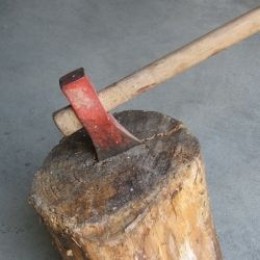

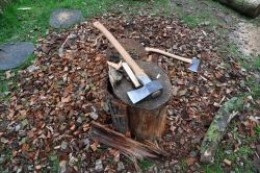
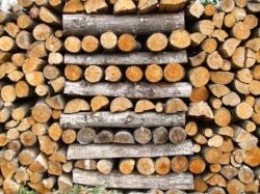
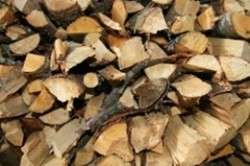

 We Were Soldiers Once and Young. The Battle at Ia Drang, Vietnam - A Book Reviewon 07/06/2017
We Were Soldiers Once and Young. The Battle at Ia Drang, Vietnam - A Book Reviewon 07/06/2017
 Suffering From Writers Block? | Unique Ideas To Get You Writing Againon 07/01/2017
Suffering From Writers Block? | Unique Ideas To Get You Writing Againon 07/01/2017
 How to Get Rid of Fleas on Your Petson 12/20/2016
How to Get Rid of Fleas on Your Petson 12/20/2016
 The Chicken Health Handbook | A Review of the Book by Gail Damerowon 12/20/2016
The Chicken Health Handbook | A Review of the Book by Gail Damerowon 12/20/2016
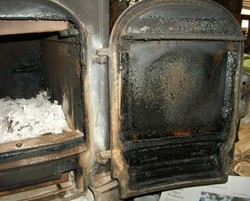
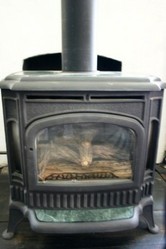
Do You Have Any Wood Splitting Tips?
I'm an expert at stacking it, but never had the strength to split it my self.
Very detailed.